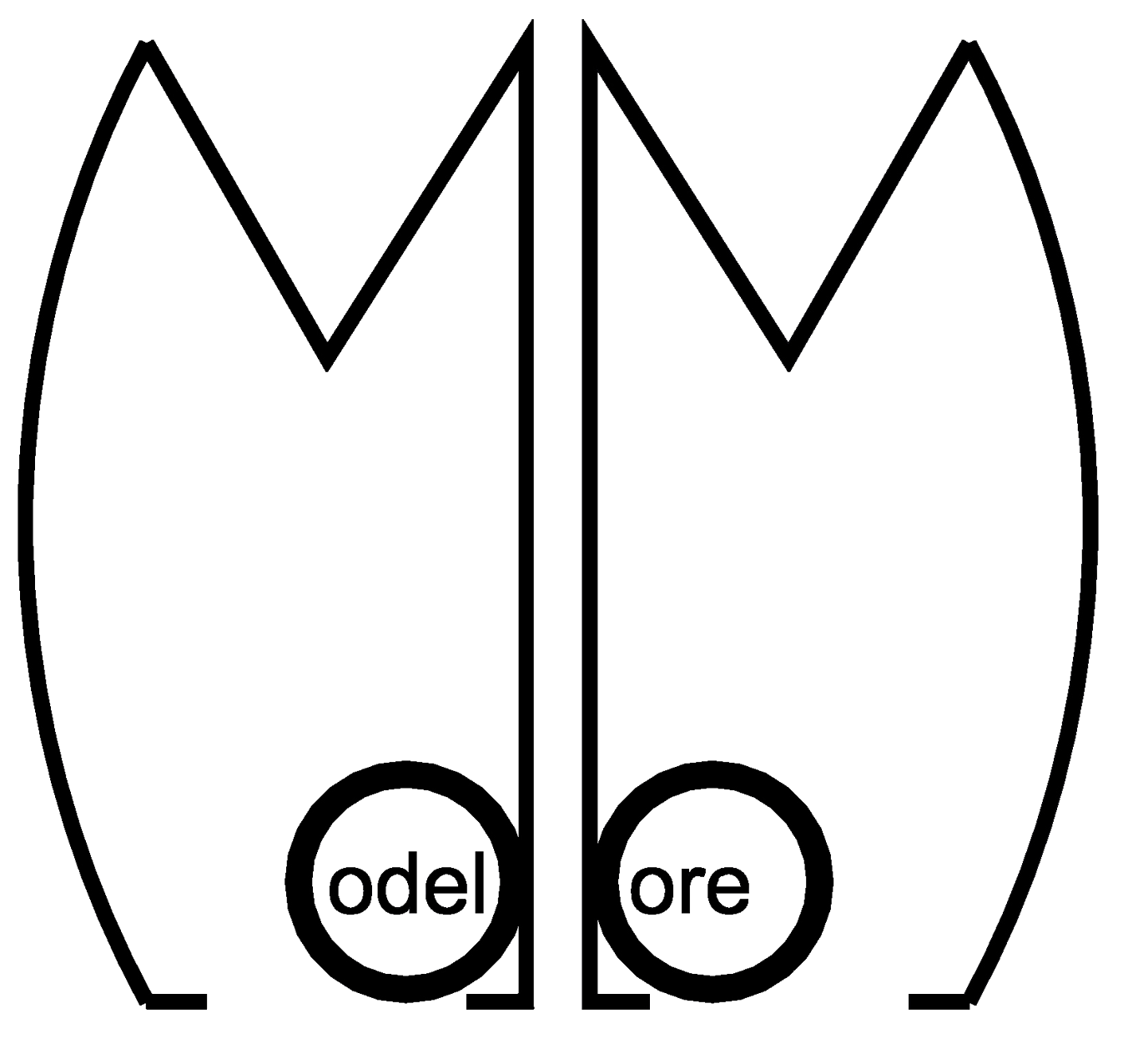- Mar 1, 2023
- 1 min read
In this video, we'll take you through the process of creating stunning 3D product renderings and animations from scratch. We'll cover everything from ideation and sketching to modeling, texturing, lighting, and animation, providing you with a comprehensive overview of the entire 3D production pipeline.
Our team of experienced 3D artists and animators will share their best practices, tips, and tricks for achieving photorealistic results and bringing your products to life in a virtual environment. Whether you're a product designer, marketer, or just curious about the world of 3D, this video is for you.
We'll showcase some of our recent projects and share insights on how we use the latest software and hardware tools to create high-quality 3D content. You'll also learn about the importance of storytelling and creating a narrative around your products to enhance their visual impact and emotional appeal.
So if you're interested in 3D product rendering and animation in Singapore or anywhere else, be sure to watch this video and let us know what you think in the comments below. Don't forget to like, share, and subscribe for more content like this!



